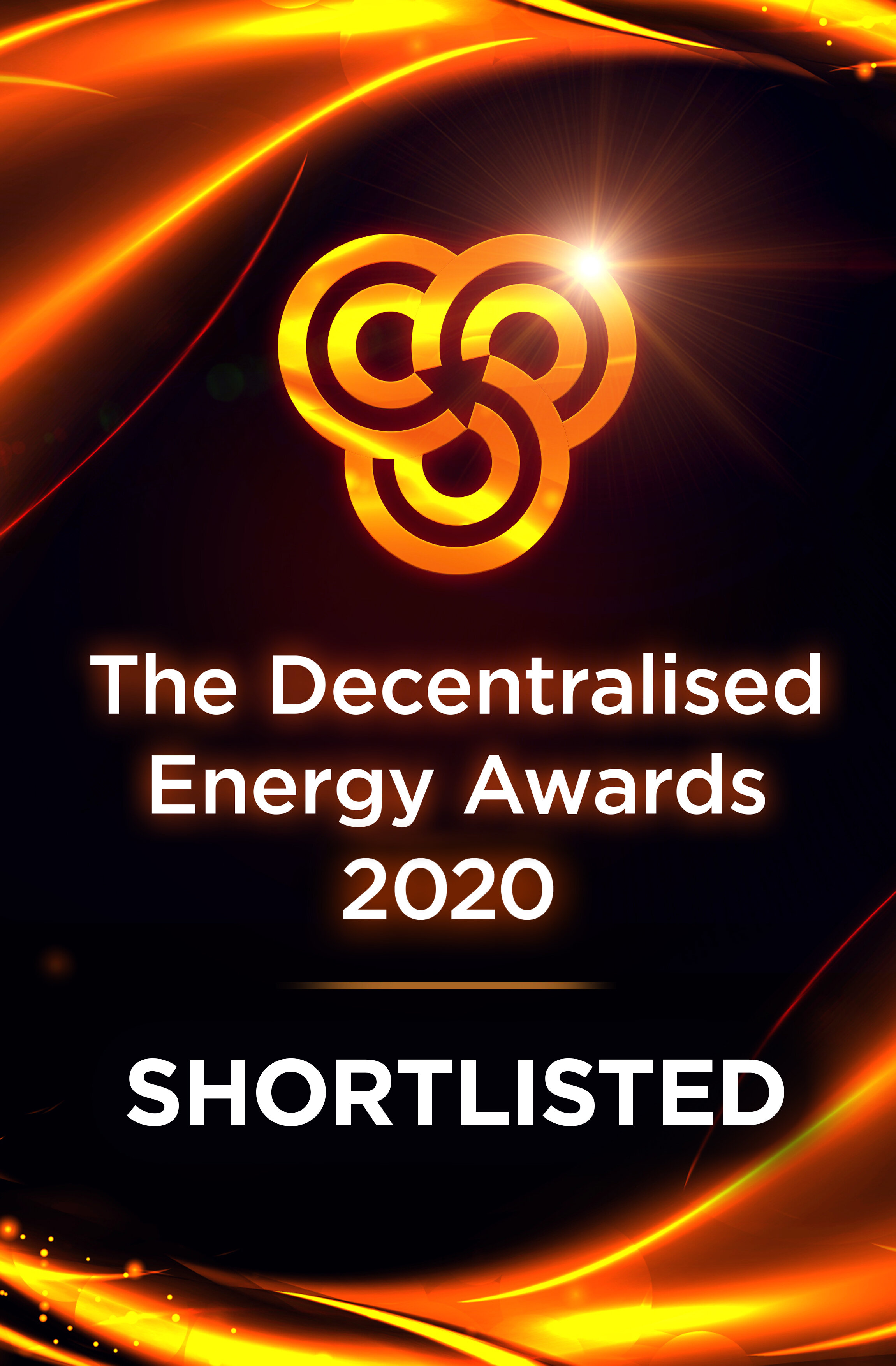Renewable energy is providing an increasing proportion of the UK’s electricity needs, but grid supplied electricity continues to increase in cost. For industrial processes that use heat, the exact fuels and technologies which will reach ‘net-zero‘ are unclear. What steps can you take to stay competitive now and still set a path to net-zero? We discuss how gas-fired Combined Heat and Power (CHP) fits into the decarbonisation journey.
It’s important to remember that CHP power displaces what is known as the marginal generation technology. At present that is either coal, open or combined-cycle gas turbine generation (CCGT). And CCGT is set to remain the marginal generation technology well into the 2030s. A well-configured CHP project is more carbon efficient than any open-cycle thermal generation technology. This principle is at the heard of BEIS’s carbon calculations[1] and the Climate Change Agreement calculation methodology for CHP[2]. So it’s official; good quality gas-fired CHP projects save carbon now and in the future, whereas buying ‘green’ electricity from the grid does not[3].
But more than that, an energy centre with CHP at the heart prepares you for tomorrow, because the grid equipment and heat network installed alongside it allow new technologies to be connected as they become economically viable. The new equipment doesn’t have to bear the full costs of adoption. So it is less risky to put in, and has better payback.
This applies to power tech such as renewables, battery storage and standby generation. It also works for heat, adding additional loads to the heat network and swapping out boilers for heat pumps and steam generators. Being able to evaluate, then manage the install and operation of these technologies is a key organisational skill for the future.
Further into the future, CHP engines installed today can already use significant proportions of hydrogen in their fuel. With the CHP’s heat network always maximising primary energy efficiency, this expensive fuel will be put to its best use. And the network will still be there to eke out fuel economy when the CHP engine is eventually swapped out for a fuel cell or other emerging technology.
So although buying green electricity for a site looks like a quick win today, it’s the heat and power network funded by a CHP scheme that gives industrial energy users the best skills and options for decarbonisation into the future.
To find out how BasePower can help your business prepare for decarbonisation, contact us today.
Sources:
1. Valuation of Energy Use and Greenhouse Gas, BEIS 2019
2. Climate Change Agreements Operations Manual, Environment Agency 2018
3. Valuation of Energy Use and Greenhouse Gas - see section 3.39 in particular










